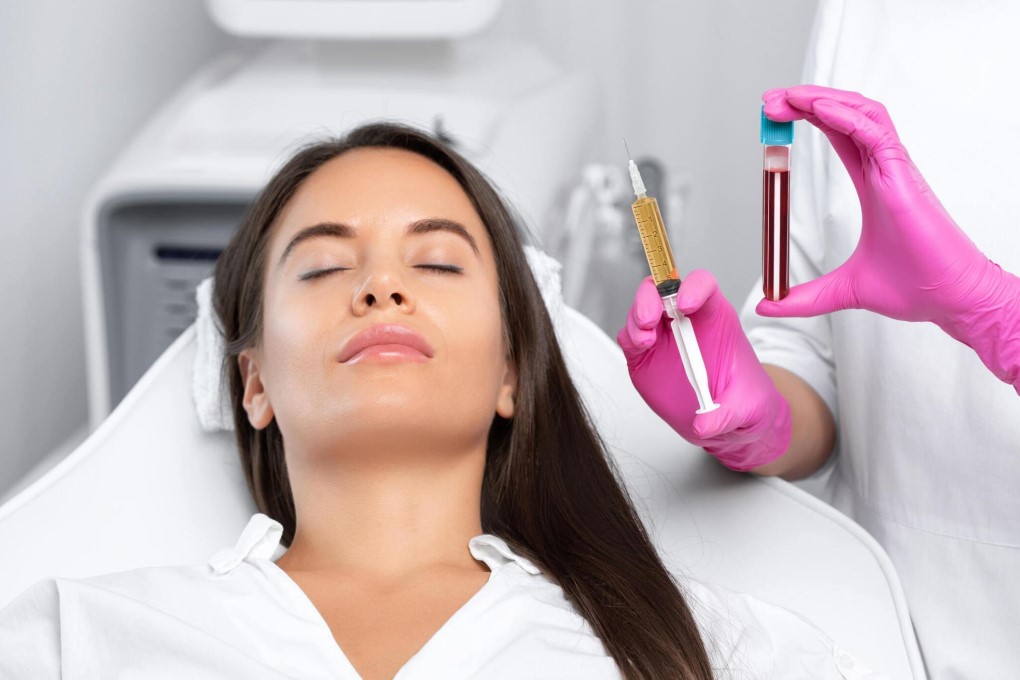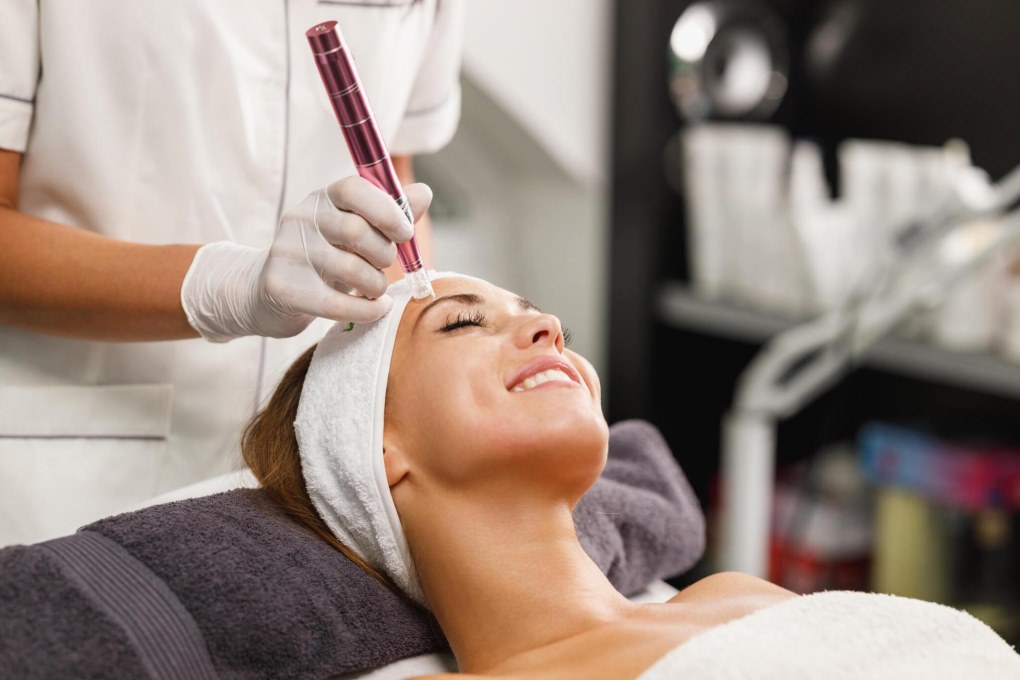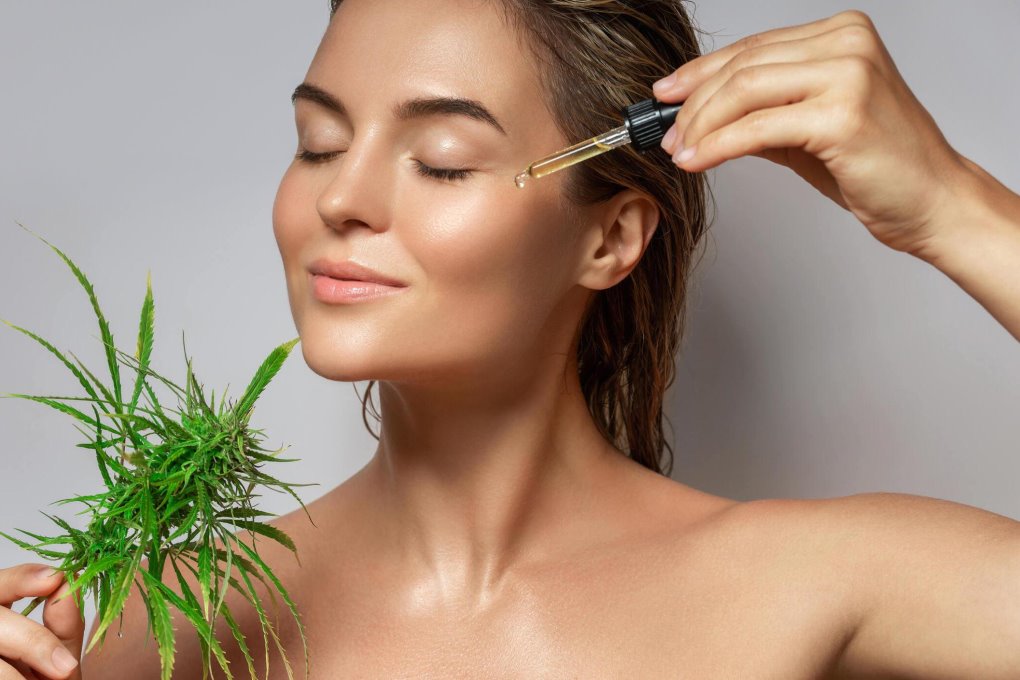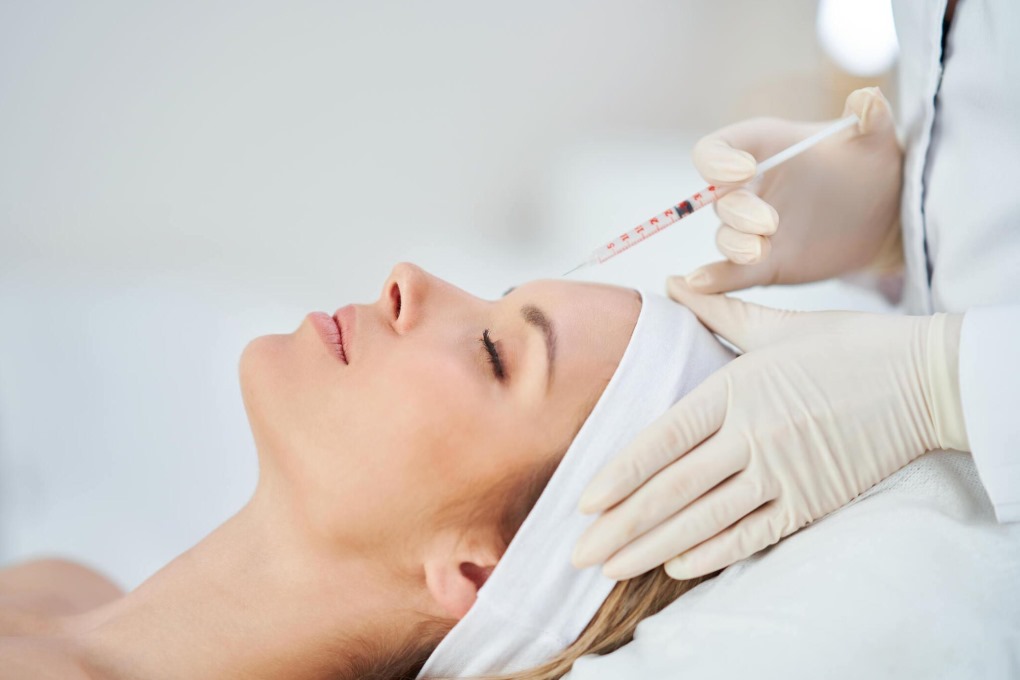In the quest for eternal youth, humans have long sought ways to maintain a radiant and youthful appearance. Our skin, being the largest organ of the body, often bears the brunt of aging, environmental factors, and lifestyle choices. As we age, fine lines, wrinkles, and other signs of aging become more apparent, leading many to explore various anti-wrinkle facial treatments.
These treatments offer promises of rejuvenation and restoration, aiming to turn back the clock on aging skin. In this article, we delve into the world of anti-wrinkle facial treatments, exploring their mechanisms, effectiveness, and the science behind youthful radiance.
Understanding the Aging Process
Anti-wrinkle facial treatments address the multifaceted aging process by targeting key factors. Collagen and elastin loss, leading to skin laxity, are countered by stimulating their production. Botulinum toxin injections relax facial muscles, diminishing dynamic wrinkles.
Enhanced skin cell turnover via chemical peels and retinoids reduces the visibility of fine lines. Hyaluronic acid fillers replenish moisture, combating dehydration-induced wrinkles. Treatments also address sun damage, pigmentation issues, and free radical damage with lasers, peels, and antioxidants.
Additionally, dermal fillers restore facial volume, counteracting sagging skin. By comprehensively targeting these mechanisms, anti-wrinkle treatments offer effective solutions for rejuvenating aging skin.

The Role of Anti-Wrinkle Facial Treatments
In the pursuit of retaining youthful skin and combating the signs of aging, anti-wrinkle facial treatments have emerged as a prominent solution. With advancements in dermatology and cosmetic science, a plethora of options are now available to address wrinkles, fine lines, and other age-related concerns.
1. Topical Treatments
Topical treatments, such as creams, serums, and lotions, are popular choices for combating wrinkles and promoting youthful skin. These products often contain active ingredients such as retinoids, peptides, antioxidants, and hyaluronic acid, which work to hydrate the skin, stimulate collagen production, and improve skin texture.
Retinoids, in particular, have been extensively studied for their ability to increase cell turnover and reduce the appearance of wrinkles over time.
2. Chemical Peels
Chemical peels are another option for rejuvenating the skin and reducing the signs of aging. During a chemical peel, a solution containing alpha hydroxy acids (AHAs), beta hydroxy acids (BHAs), or trichloroacetic acid (TCA) is applied to the skin, causing the outermost layer to peel away.
This process encourages cell renewal and stimulates collagen production, resulting in smoother, more youthful-looking skin.
3. Microdermabrasion
Microdermabrasion is a non-invasive exfoliation technique that uses a handheld device to remove the outer layer of dead skin cells.
By buffing away dull, damaged skin, microdermabrasion helps to improve skin texture, reduce the appearance of fine lines and wrinkles, and promote a more radiant complexion. This treatment is suitable for all skin types and requires little to no downtime.
4. Botox Injections
Botox injections have become increasingly popular for reducing the appearance of wrinkles, particularly on the forehead, around the eyes, and between the eyebrows. Botulinum toxin, the active ingredient in Botox, works by temporarily paralyzing the underlying muscles responsible for causing wrinkles.
By inhibiting muscle movement, Botox smoothens fine lines and wrinkles, resulting in a more youthful and refreshed appearance.

5. Dermal Fillers
Dermal fillers are injectable substances used to plump up the skin and restore lost volume, effectively minimizing the appearance of wrinkles and fine lines. Common filler ingredients include hyaluronic acid, calcium hydroxylapatite, and poly-L-lactic acid, each offering unique benefits and longevity.
Dermal fillers can also be used to enhance facial contours, restore youthful fullness, and rejuvenate the overall appearance of the skin.
The Science Behind Youthful Radiance
At the heart of anti-wrinkle facial treatments lies the science of skin biology and dermatology. Many of these treatments target specific mechanisms involved in skin aging, such as collagen degradation, oxidative stress, and muscle movement.
By addressing these underlying processes, anti-wrinkle treatments can effectively reverse the signs of aging and restore a more youthful appearance.
Collagen Stimulation
Collagen is a protein found in the skin that provides structure, firmness, and elasticity. As we age, the production of collagen decreases, leading to sagging skin and the formation of wrinkles.
Many anti-wrinkle treatments, including retinoids, peptides, and laser therapies, work by stimulating collagen production, thereby improving skin tone and texture.
Hydration and Moisture Retention
Maintaining adequate hydration is essential for healthy, youthful-looking skin. Anti-wrinkle treatments such as hyaluronic acid-based fillers and moisturizers help to hydrate the skin from within, plumping up fine lines and wrinkles and restoring a dewy, radiant complexion.
Additionally, antioxidants such as vitamins C and E protect the skin from oxidative damage and promote a more youthful glow.

Muscle Relaxation
Dynamic wrinkles, which result from repetitive facial movements such as smiling or frowning, can be effectively treated with Botox injections.
By temporarily paralyzing the underlying muscles, Botox prevents the formation of new wrinkles and smoothens out existing ones, resulting in a more relaxed and youthful appearance.
Conclusion
Youthful radiance is not merely a matter of genetics but also a reflection of how well we care for our skin. Anti-wrinkle facial treatments offer a variety of options for rejuvenating and restoring youthful vitality to aging skin.
Whether through topical creams, chemical peels, or injectable fillers, these treatments target the underlying mechanisms of skin aging, promoting collagen production, improving hydration, and reducing the appearance of wrinkles.
By understanding the science behind these treatments, individuals can make informed decisions about their skincare regimen, ultimately achieving a more radiant and youthful complexion that defies the passage of time.

